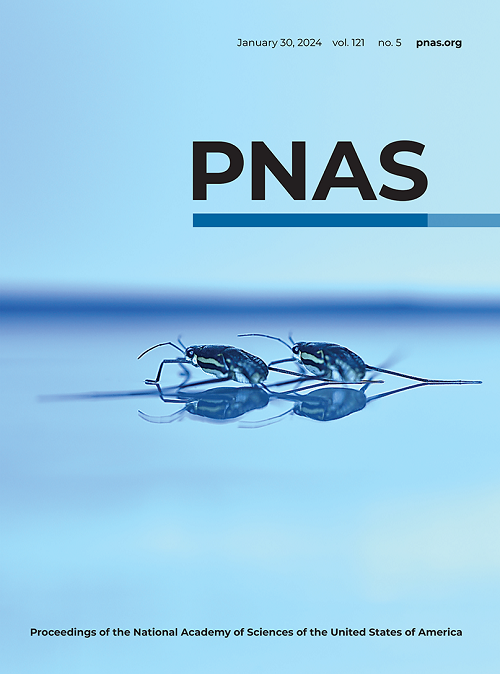我们还能将Michaelis-Menten模型用于酶微针传感器吗?
IF 9.1
1区 综合性期刊
Q1 MULTIDISCIPLINARY SCIENCES
Proceedings of the National Academy of Sciences of the United States of America
Pub Date : 2025-07-23
DOI:10.1073/pnas.2418168122
引用次数: 0
摘要
自20世纪60年代以来,酶传感器由于其高选择性在医疗保健和环境监测中起着至关重要的作用。传统上,它们的性能是用Michaelis-Menten (MM)方程来解释的,该方程假设了理想的、均匀的、混合良好的实验室条件。然而,将这些传感器与用于可穿戴应用的微针(MN)贴片集成会带来诸如空间和时间变化以及有限的反应物可用性等挑战。在这种情况下应用MM模型可能会导致酶动力学和生物标志物估计出现严重错误,可能导致底物测量不准确,并可能危及生命。在这里,我们推广了酶传感器的反应扩散框架,并将其与MN传感器的分析模型相结合。我们的方法捕获了与时间相关的MM变量,量化了产物形成的速率,考虑了质量传输限制,并提供了响应时间和活性底物水平的表达式。这种基于物理的框架可以实现a)量化其他难以获得的参数,如活性底物水平,b)准确的响应时间预测以达到稳态条件,c)改进的数据解释,以及d)在各种条件下预测酶的反应。该研究强调了在可穿戴微针传感器中谨慎应用MM模型的必要性,其中关键假设可能不成立。我们的模型还可以扩展到传感器降解,失活和缺氧,使其广泛适用于各种环境中的酶传感器。本文章由计算机程序翻译,如有差异,请以英文原文为准。
Can we still use the Michaelis-Menten model for enzymatic microneedle sensors?
Since the 1960s, enzymatic sensors have been vital in healthcare and environmental monitoring due to their high selectivity. Traditionally, their performance is interpreted using the Michaelis-Menten (MM) equation, which assumes idealized, homogeneous, well-mixed laboratory conditions. However, integrating these sensors with microneedle (MN) patches for wearable applications introduces challenges such as spatial and temporal variations and limited reactant availability. Applying the MM model in such scenarios can lead to dramatic errors in enzyme kinetics and biomarker estimates, risking inaccurate substrate measurements and potentially life-threatening decisions. Here, we generalize the reaction-diffusion framework for enzymatic sensors and integrate it with analytical models for MN sensors. Our approach captures time-dependent MM variables, quantifies the rate of product formation, accounts for mass transport limitations, and provides expressions for response time and active substrate levels. This physics-based framework enables a) quantification of otherwise inaccessible parameters such as active substrate levels, b) accurate response-time predictions to reach steady-state conditions, c) improved data interpretation, and d) projection of enzymatic responses across various conditions. The study highlights the need for careful application of MM model in wearable microneedle sensors, where key assumptions may not hold. Our model can also extend to sensor degradation, inactivation, and hypoxia, making it broadly applicable to enzymatic sensors in diverse environments.
求助全文
通过发布文献求助,成功后即可免费获取论文全文。
去求助
来源期刊
CiteScore
19.00
自引率
0.90%
发文量
3575
审稿时长
2.5 months
期刊介绍:
The Proceedings of the National Academy of Sciences (PNAS), a peer-reviewed journal of the National Academy of Sciences (NAS), serves as an authoritative source for high-impact, original research across the biological, physical, and social sciences. With a global scope, the journal welcomes submissions from researchers worldwide, making it an inclusive platform for advancing scientific knowledge.

 求助内容:
求助内容: 应助结果提醒方式:
应助结果提醒方式:


